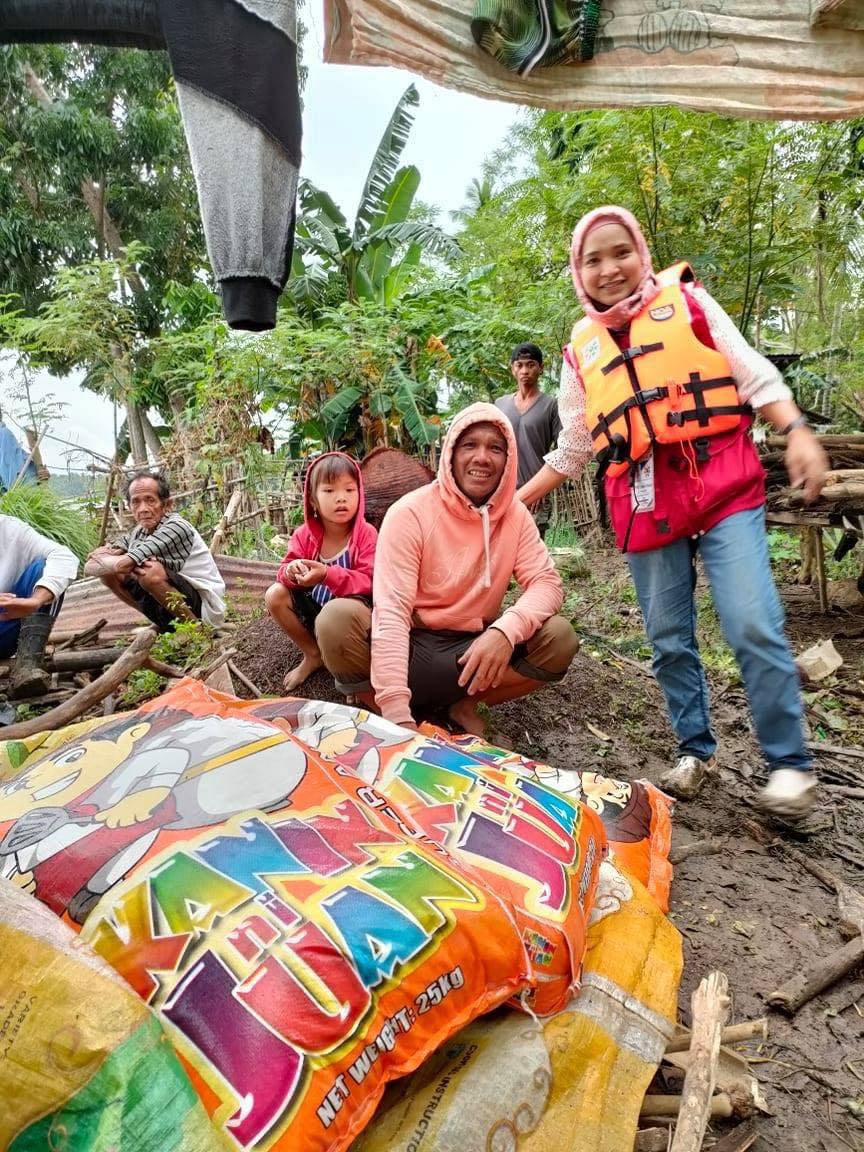
Surviving poverty. Since its inception, the Bangsamoro Government is continuously doing poverty alleviation strategies in the region as part of its Moral Governance campaign. (Photo courtesy of Ministry of Social Services and Development)
COTABATO CITY—The Bangsamoro Autonomous Region in Muslim Mindanao (BARMM) logged the highest significant changes and improvement in terms of Poverty Incidence (PI) among families from the first semester of 2018 to the first semester of 2021.
According to Philippine Statistics Authority (PSA), in the first semester of 2021, BARMM’s PI among its population—or the proportion of poor Bangsamoro whose per capita income is insufficient to meet their basic food and non-food essentials—had plummeted to 39.4 percent as compared to 55.9 percent in first semester of 2018.
Meanwhile, the autonomous region’s per capita poverty threshold or the minimum income required for a family/individual to meet the basic food and non-food requirements, had increased from Php13,599.00 (2018) to Php14,126.00 (2021).
The Province of Lanao del Sur, which was initially under Cluster 1 (poorest provinces category in 2018), is no longer included in the said cluster as it joined the provinces under Cluster 5 (least poor provinces category in 2021), such as Batanes and Batangas.
A significant decline of poverty incidence among families in Lanao del Sur was recorded from 68 percent to 11.4 percent in 2018 to 2021, respectively.
The Province of Maguindanao, which was under Cluster 1–with a poverty incidence of 48.6 percent in 2018–now belongs to Cluster 2 with 37.1 percent of poverty incidence.
However, the provinces of Basilan and Sulu were consistently included in Cluster 1 with relatively high poverty incidence among families.
The City of Cotabato, which was initially in Cluster 2 in 2018, and Tawi-Tawi, which was listed in Cluster 4 in 2018, are now part or new entrants in Cluster 1 or the poorest cluster of provinces in the country.
For reference and more details regarding this report, visit PSA’s link: https://bit.ly/3EjBYHq (Bangsamoro Information Office)
![]()







